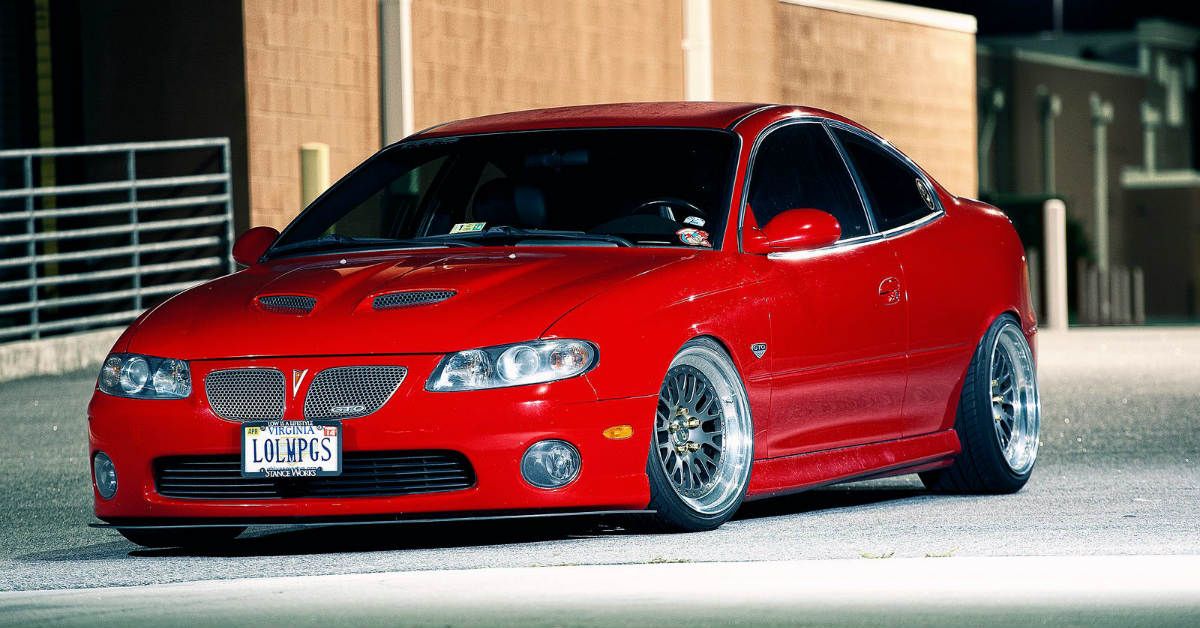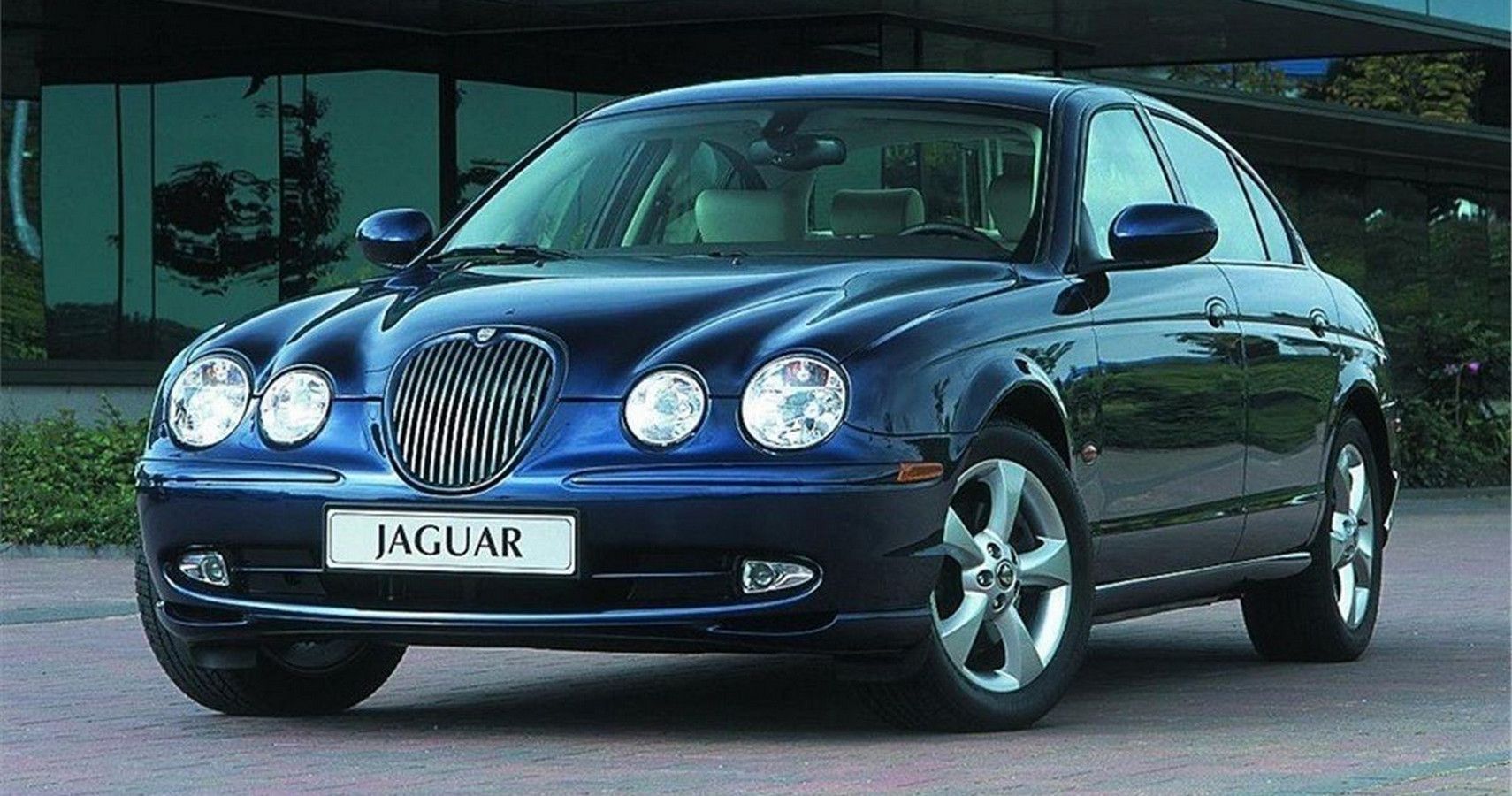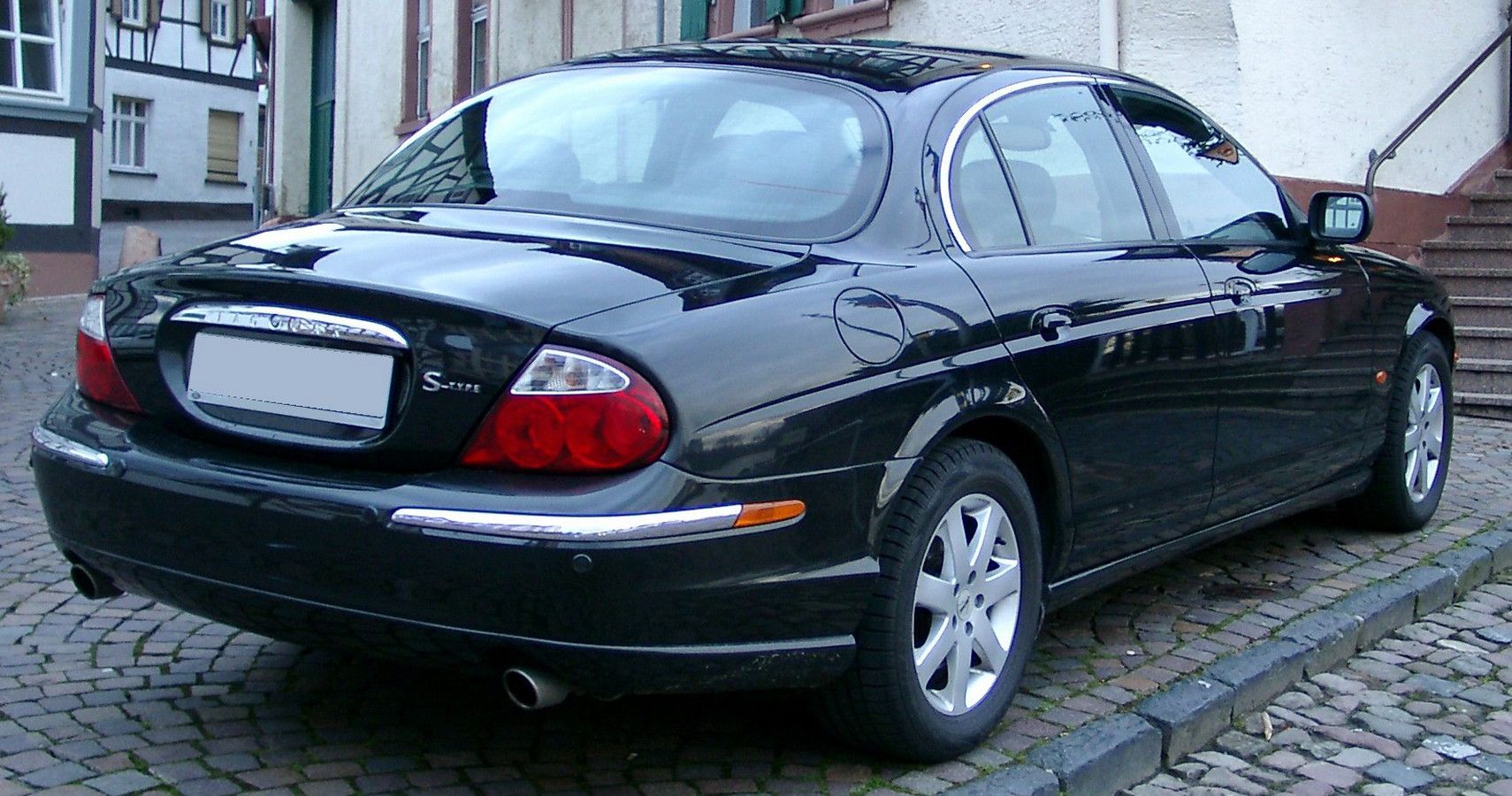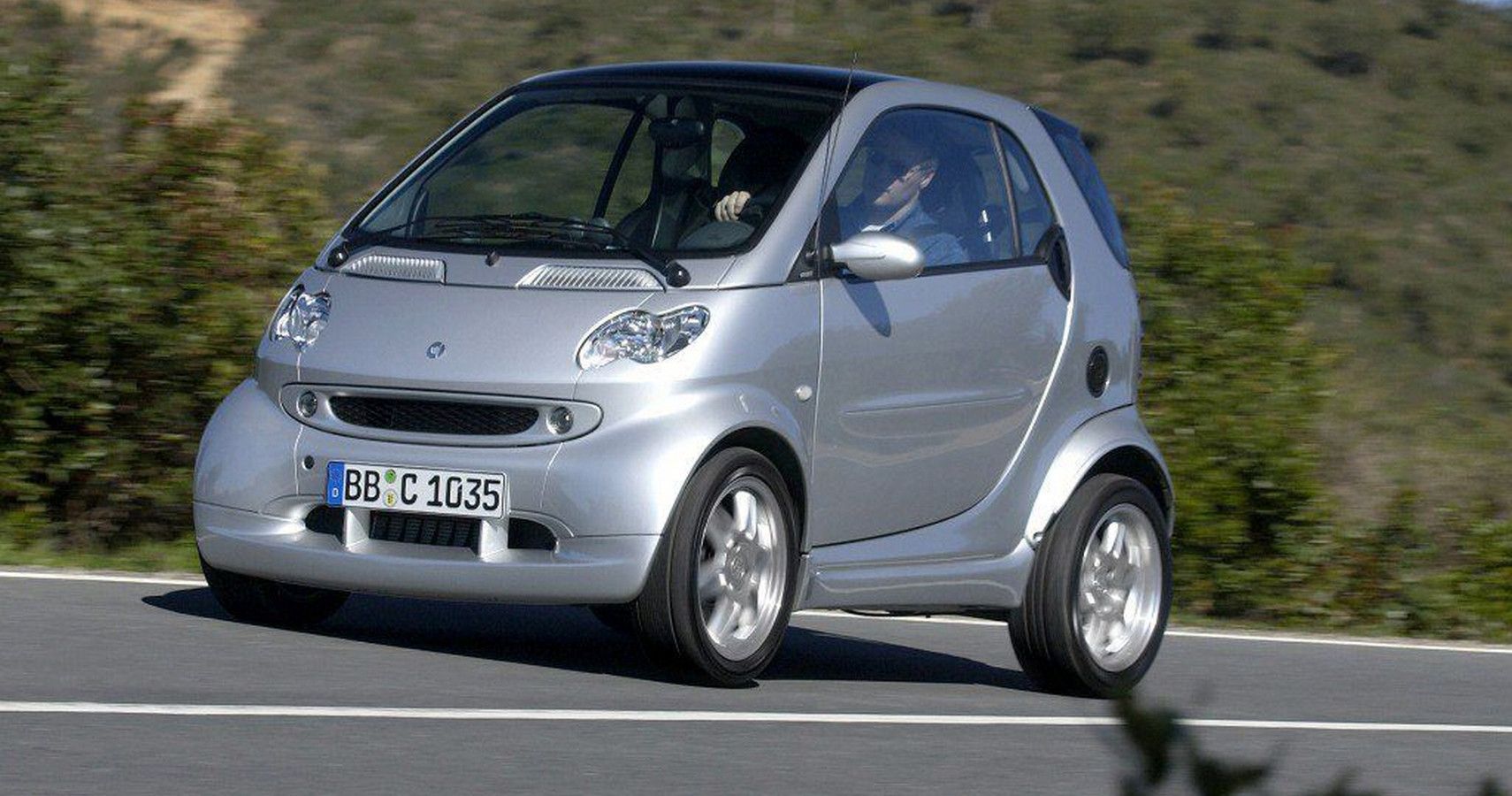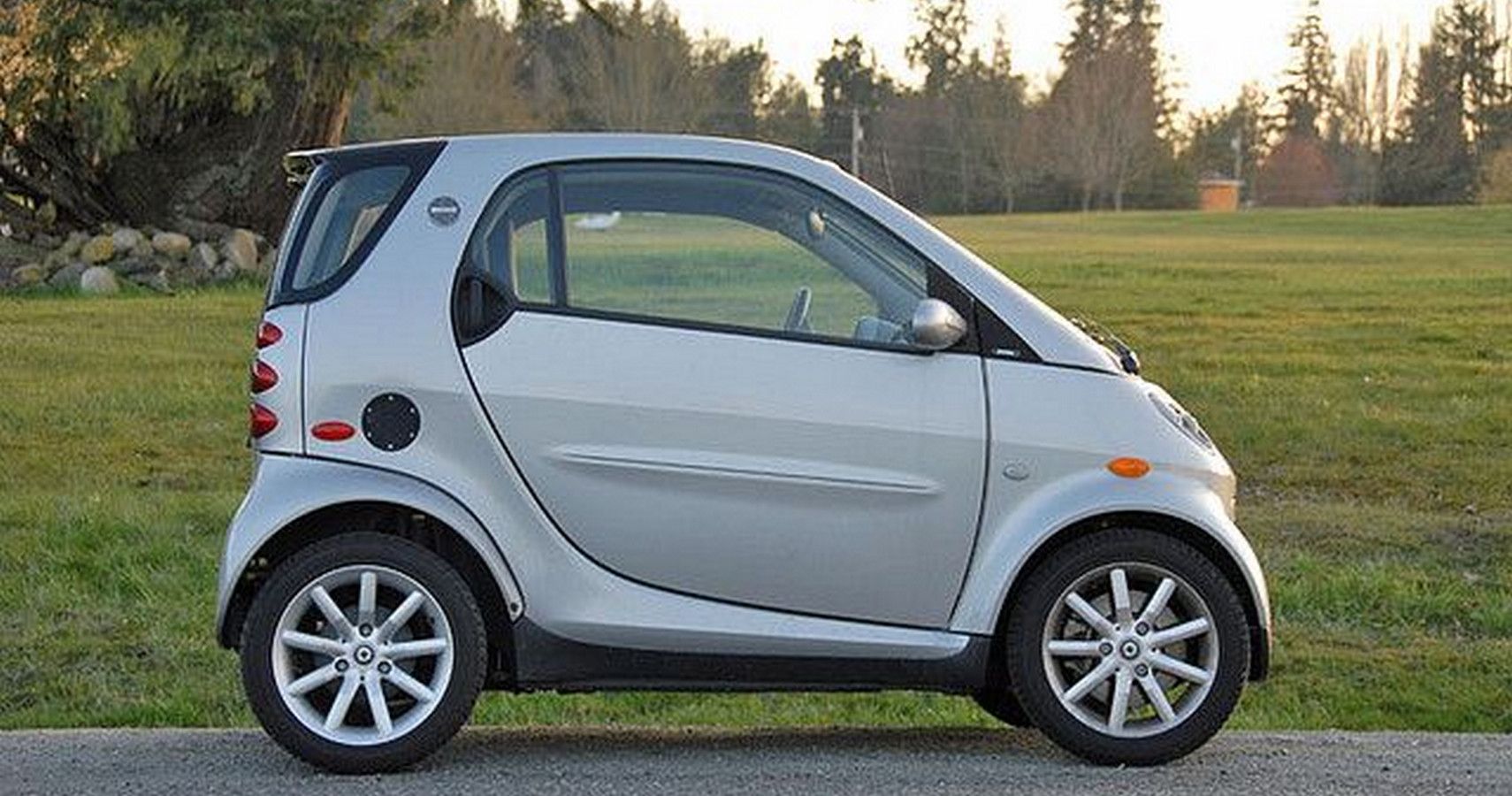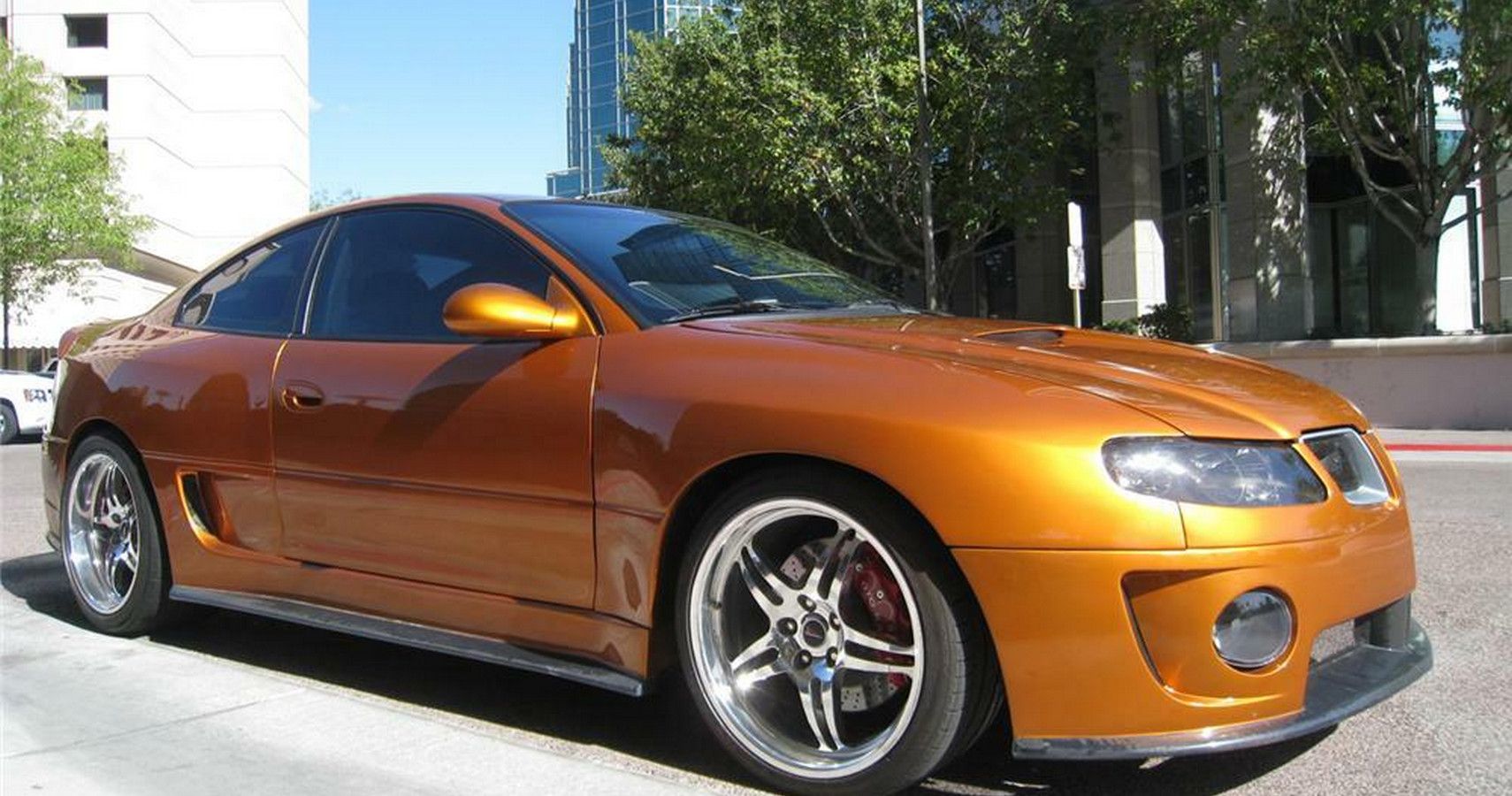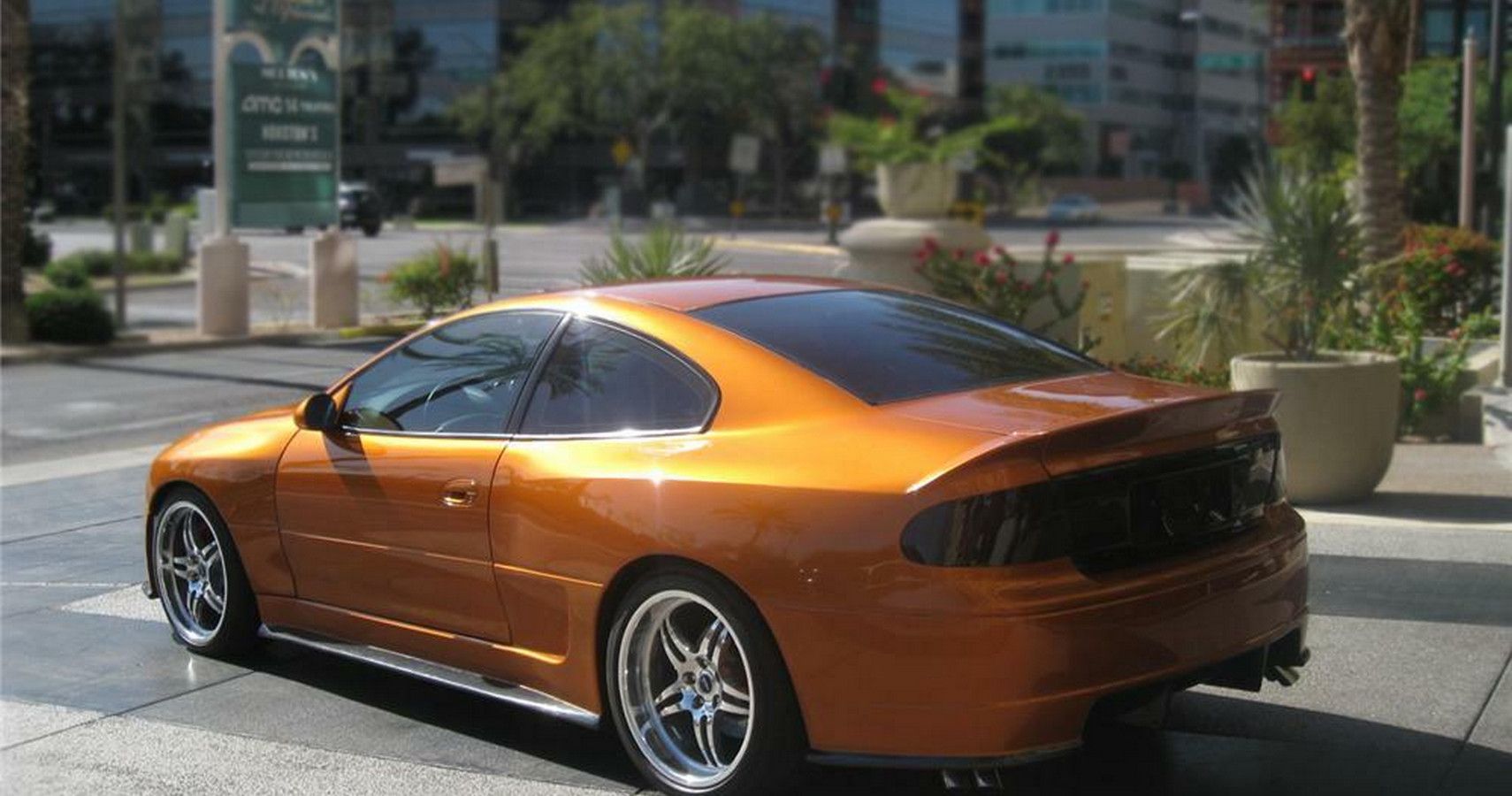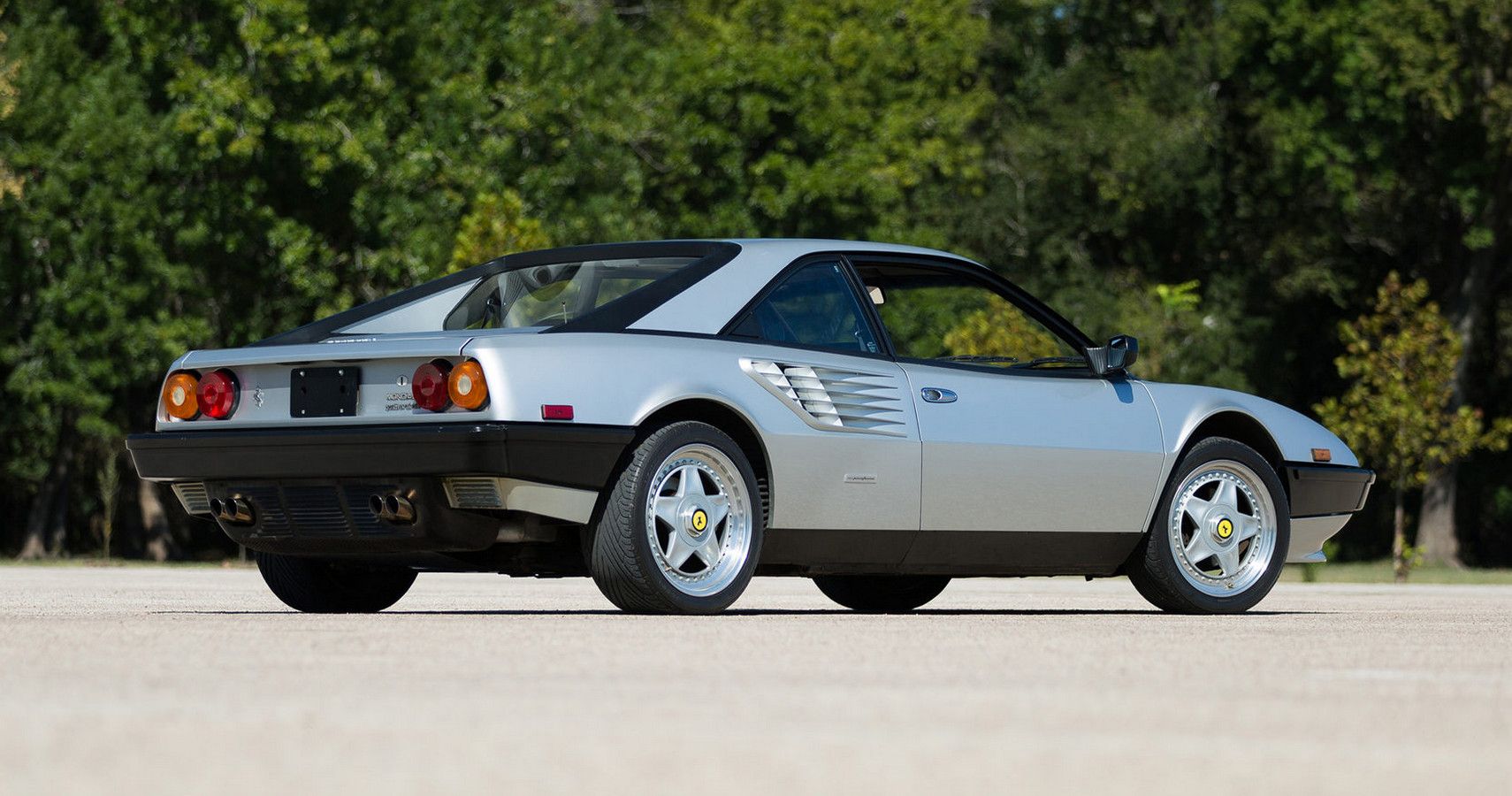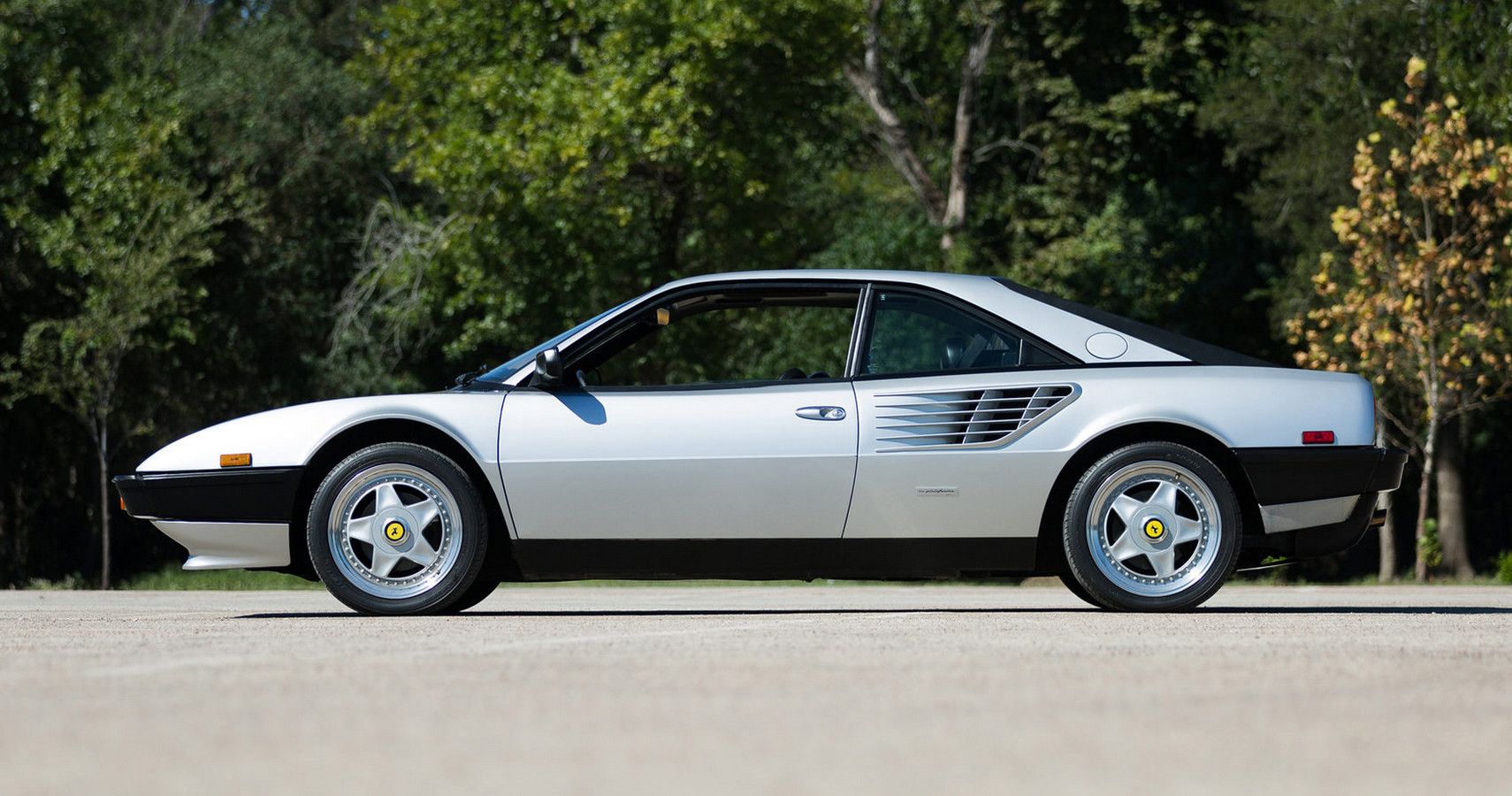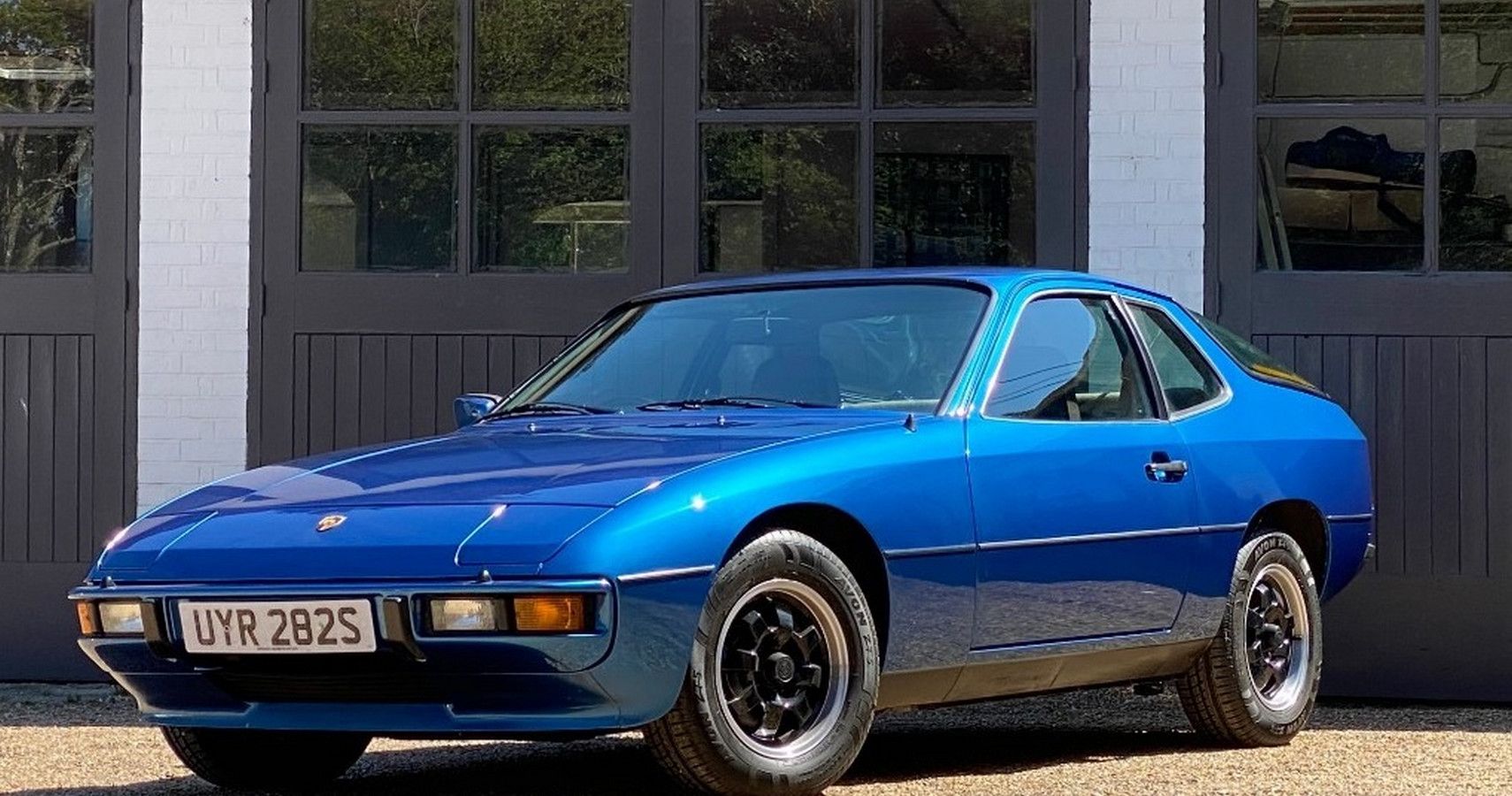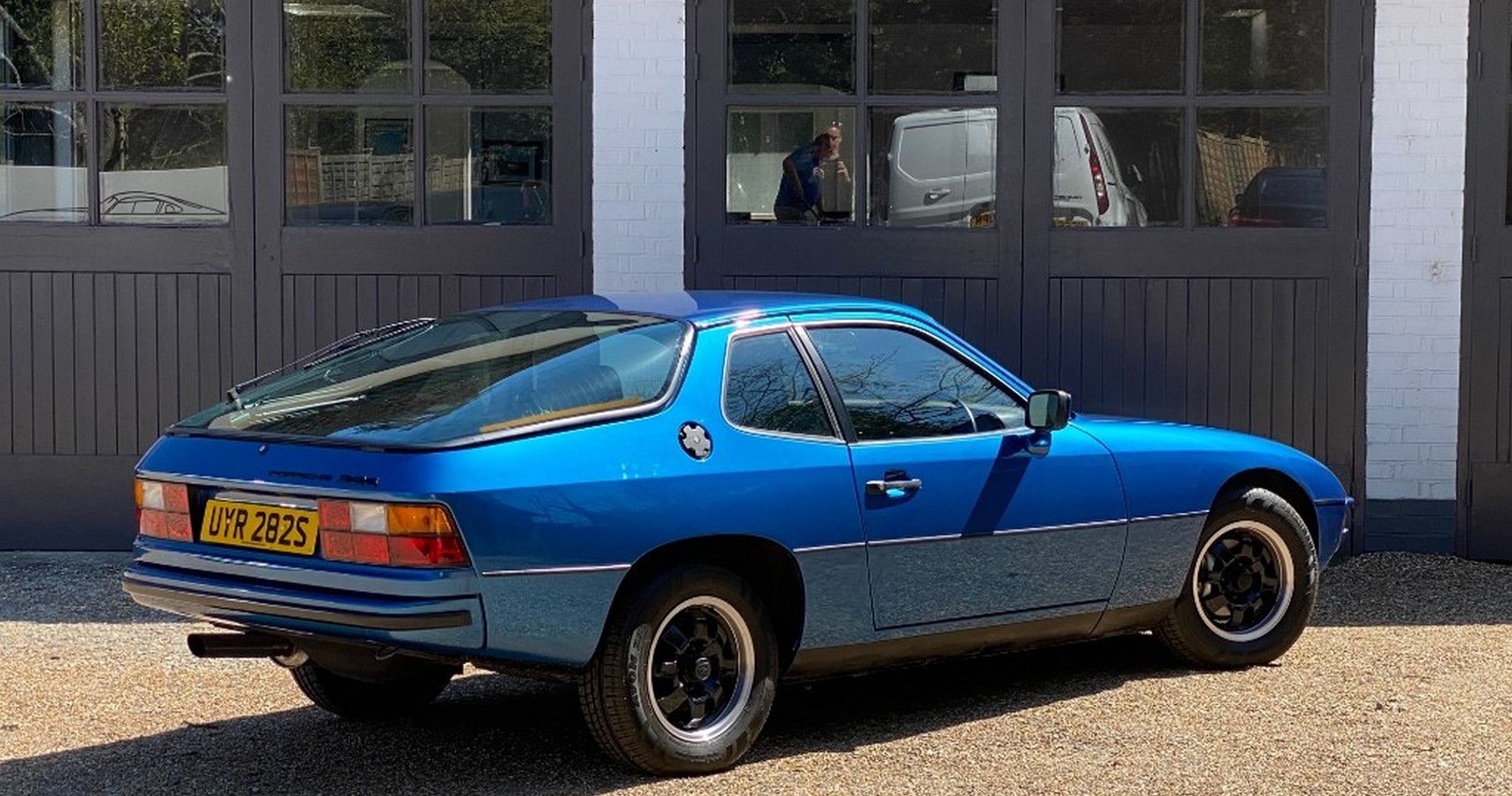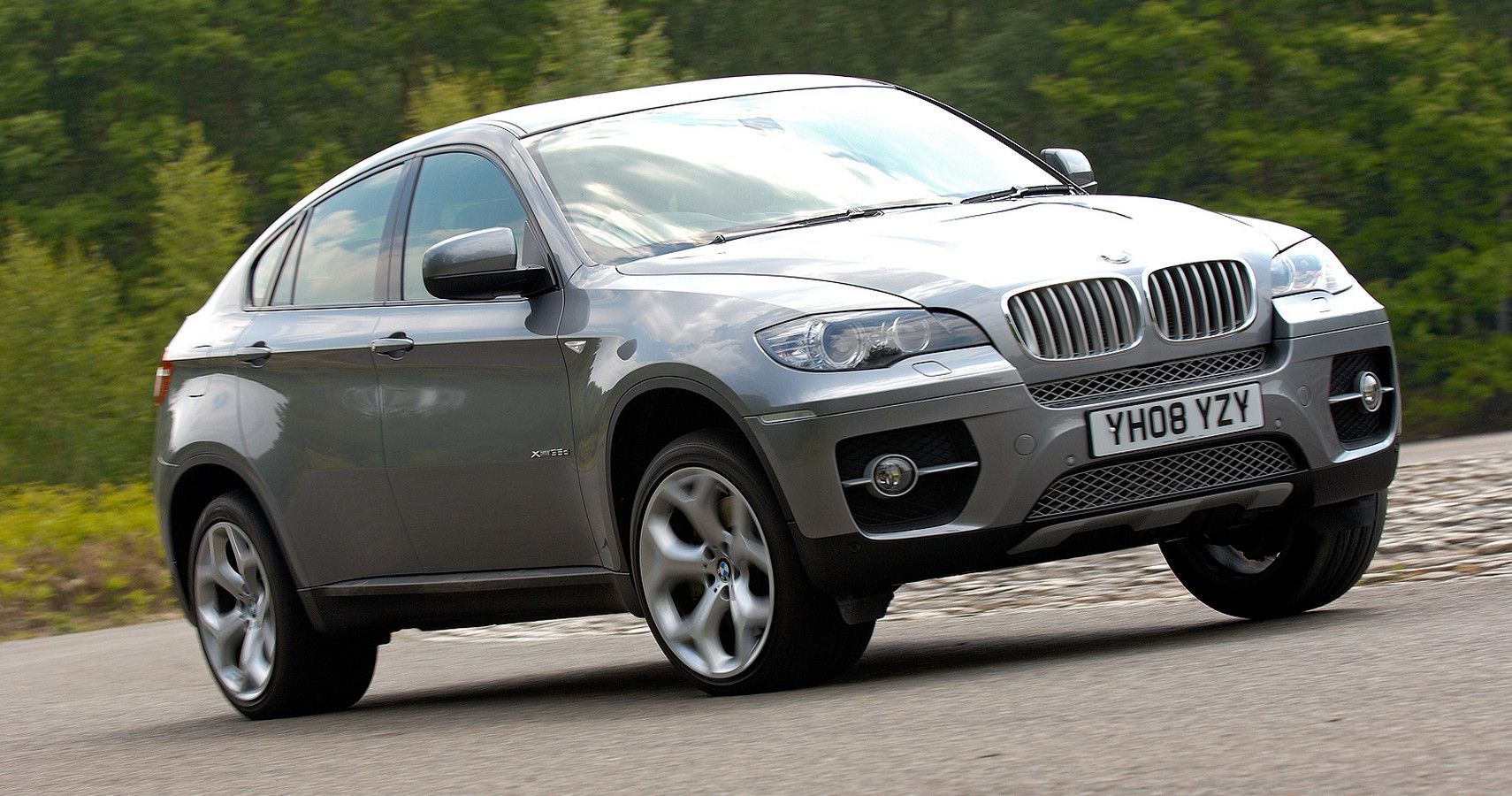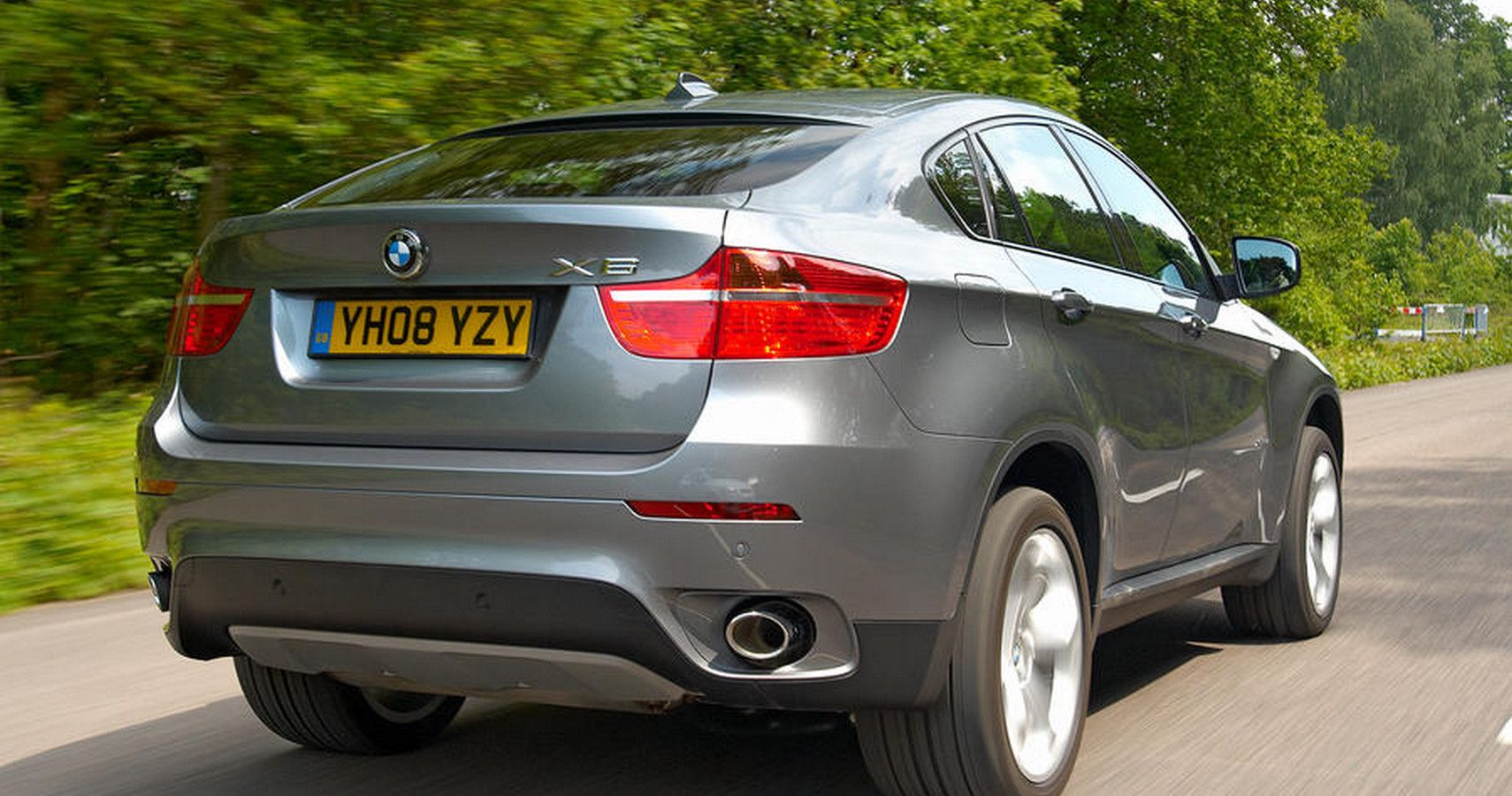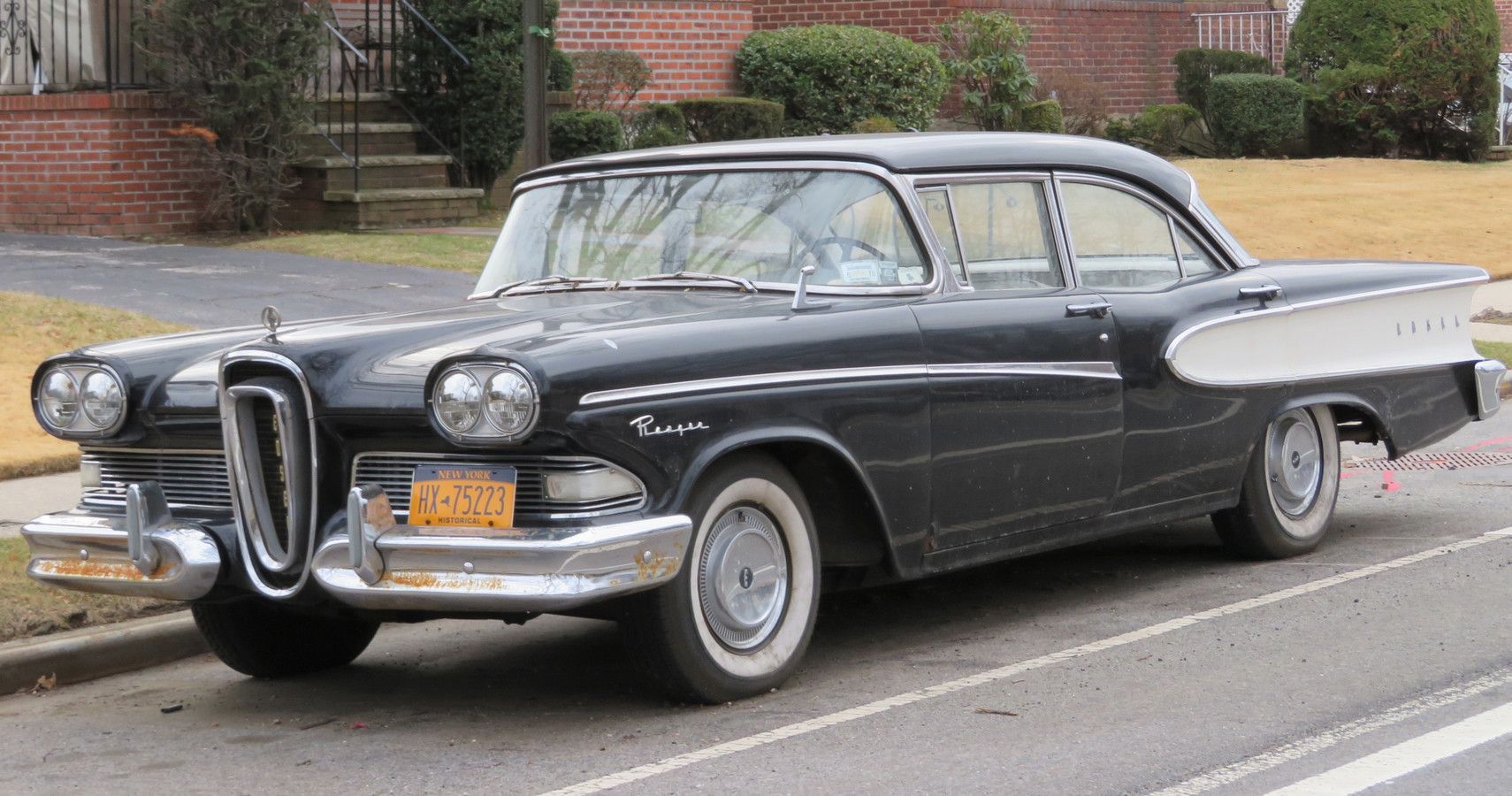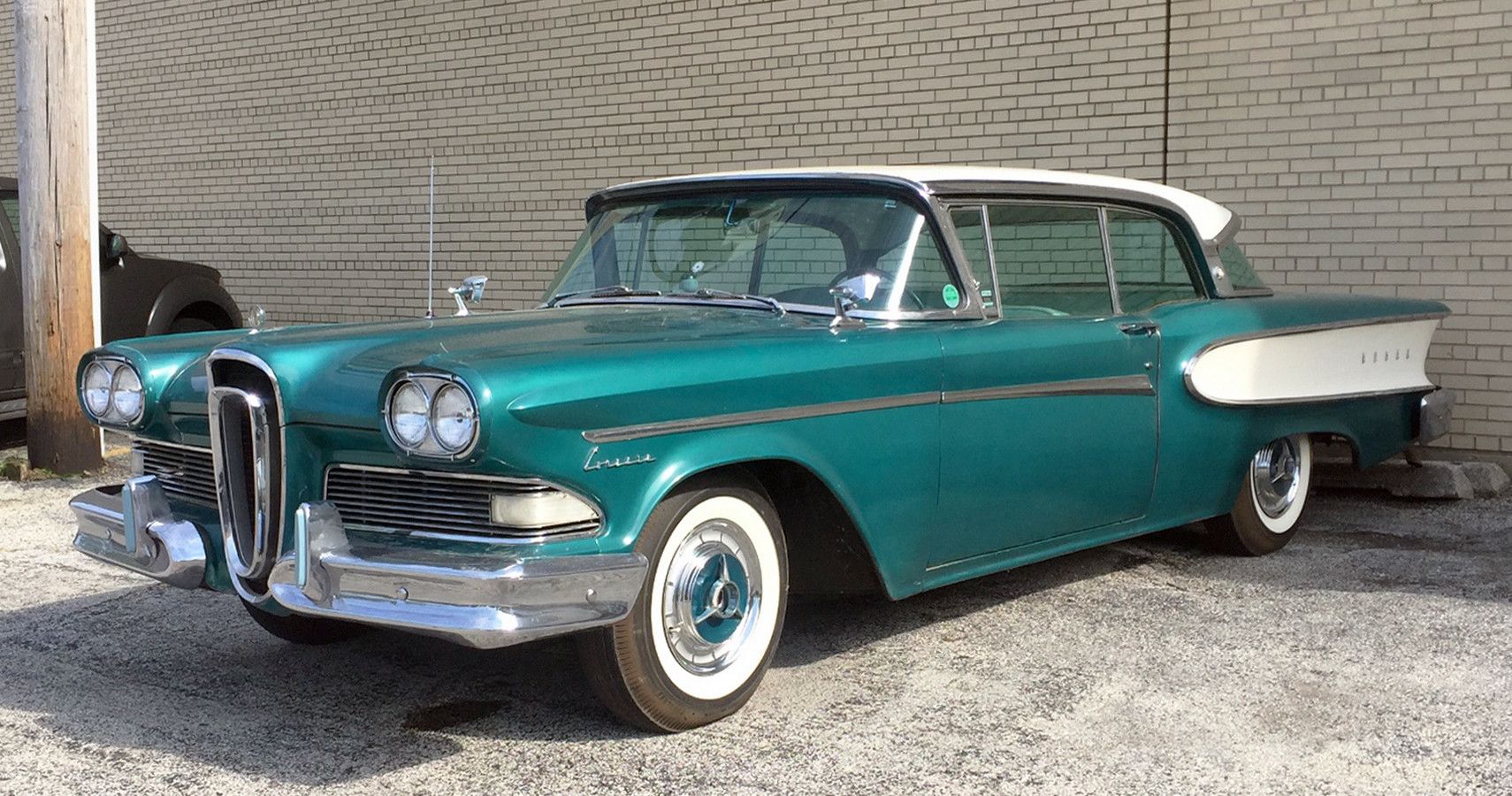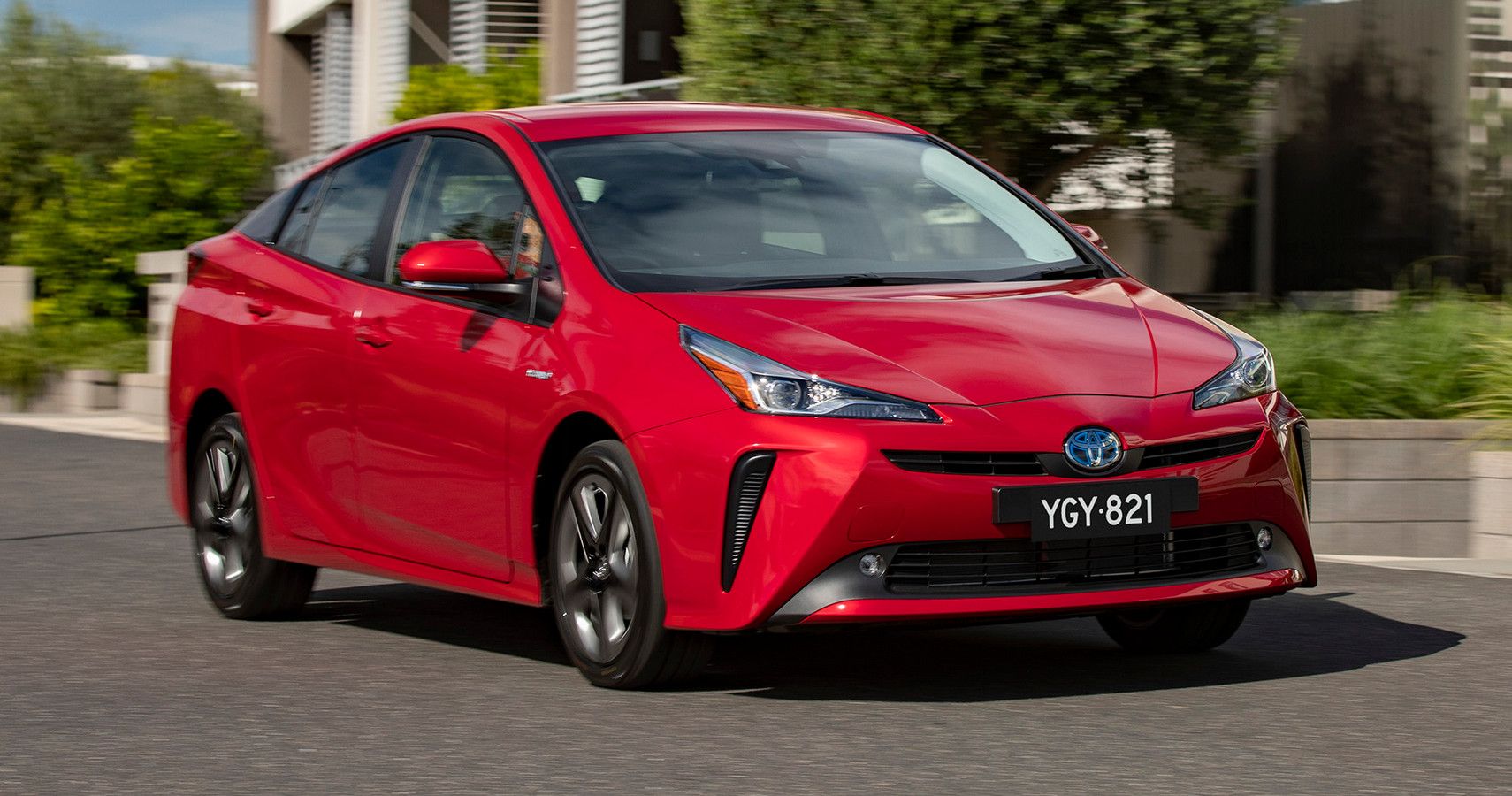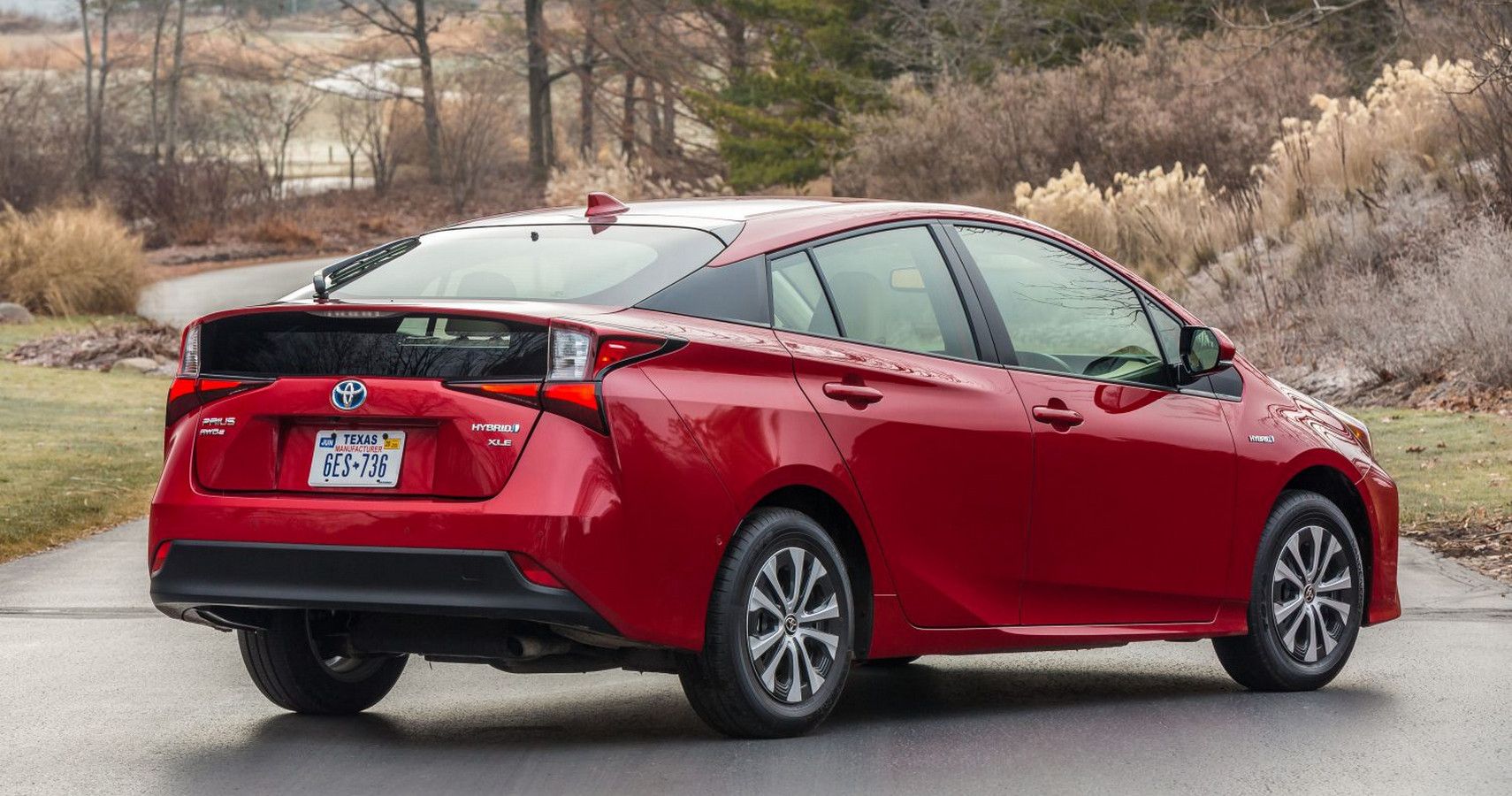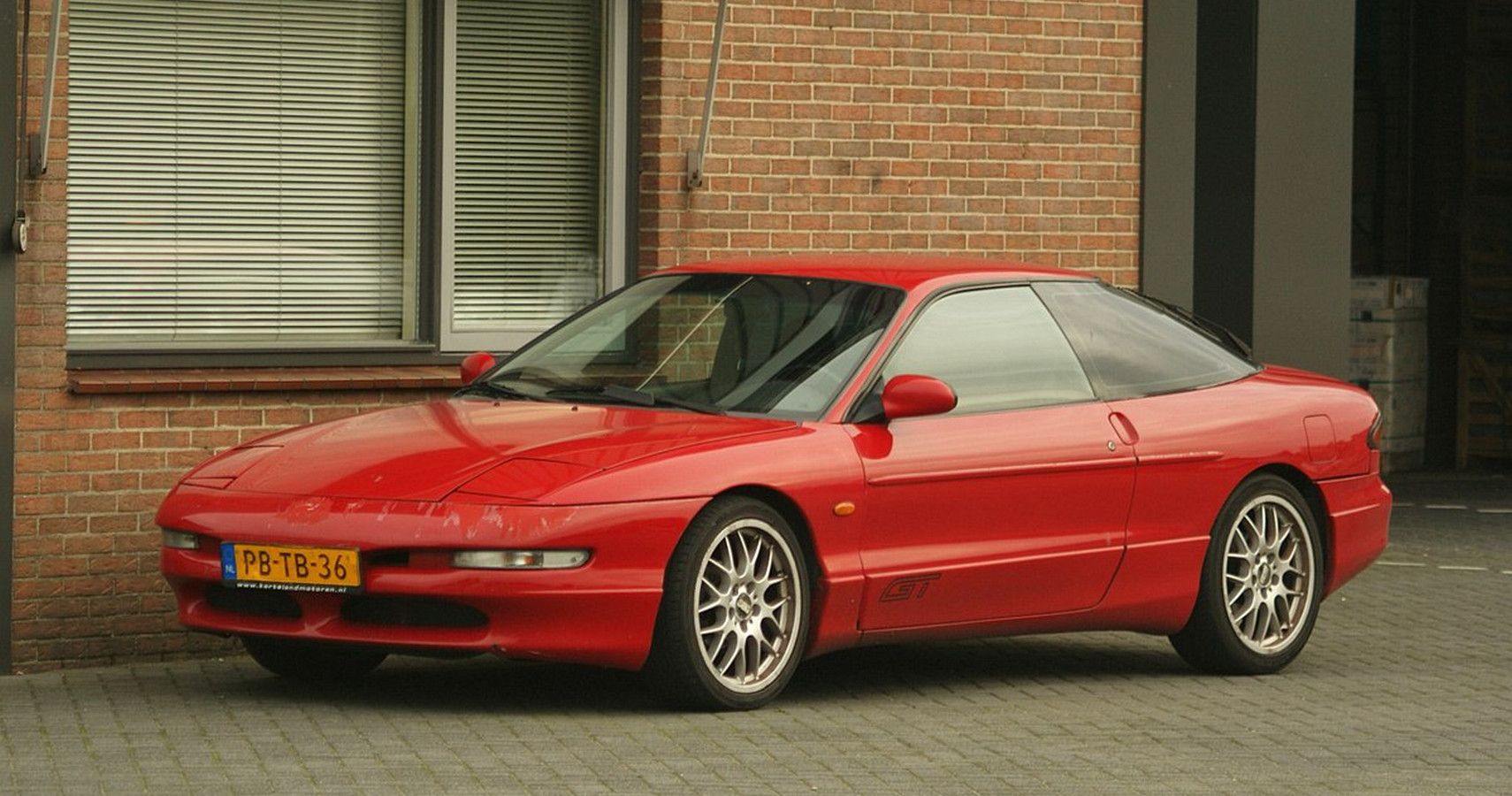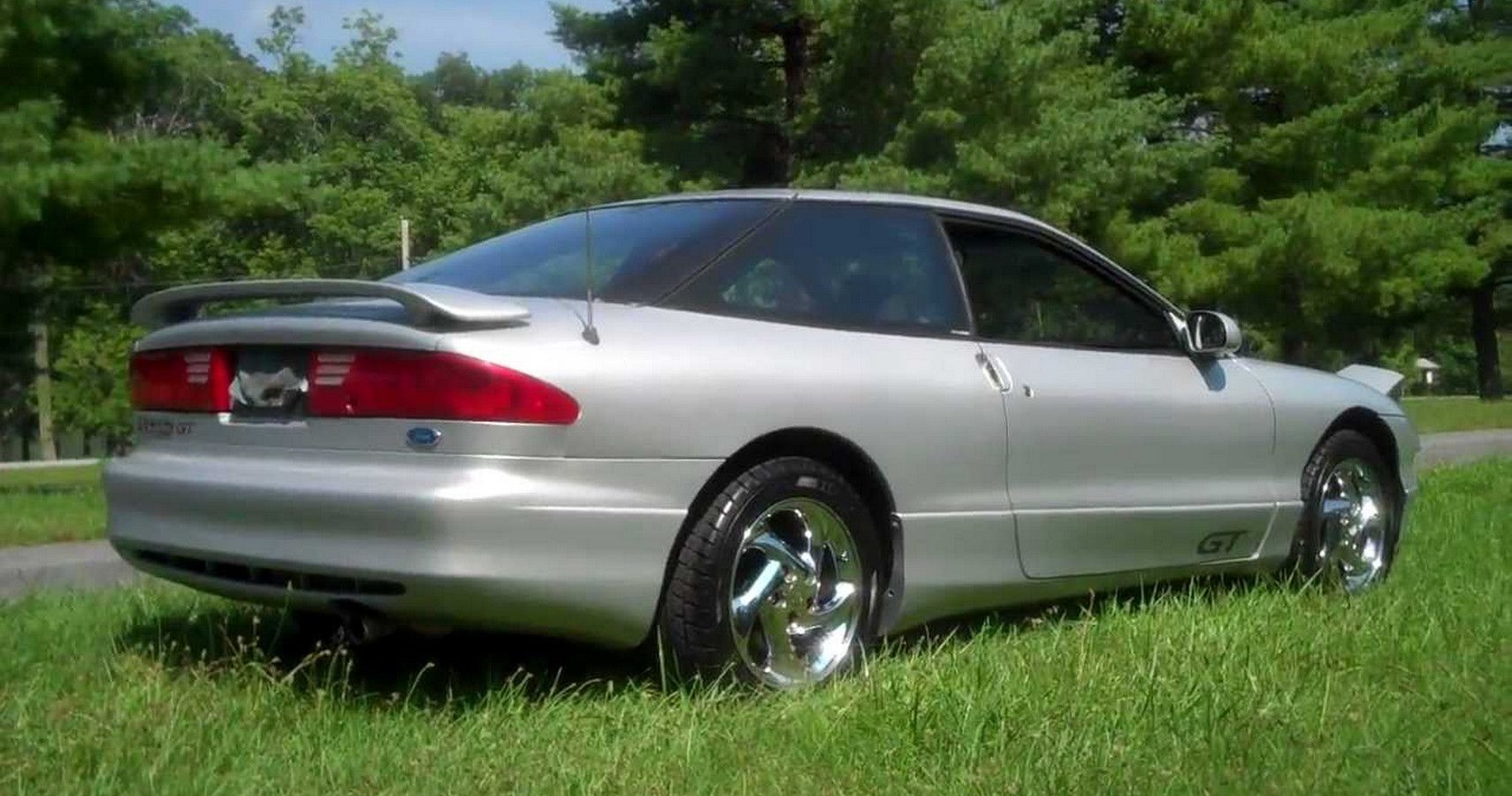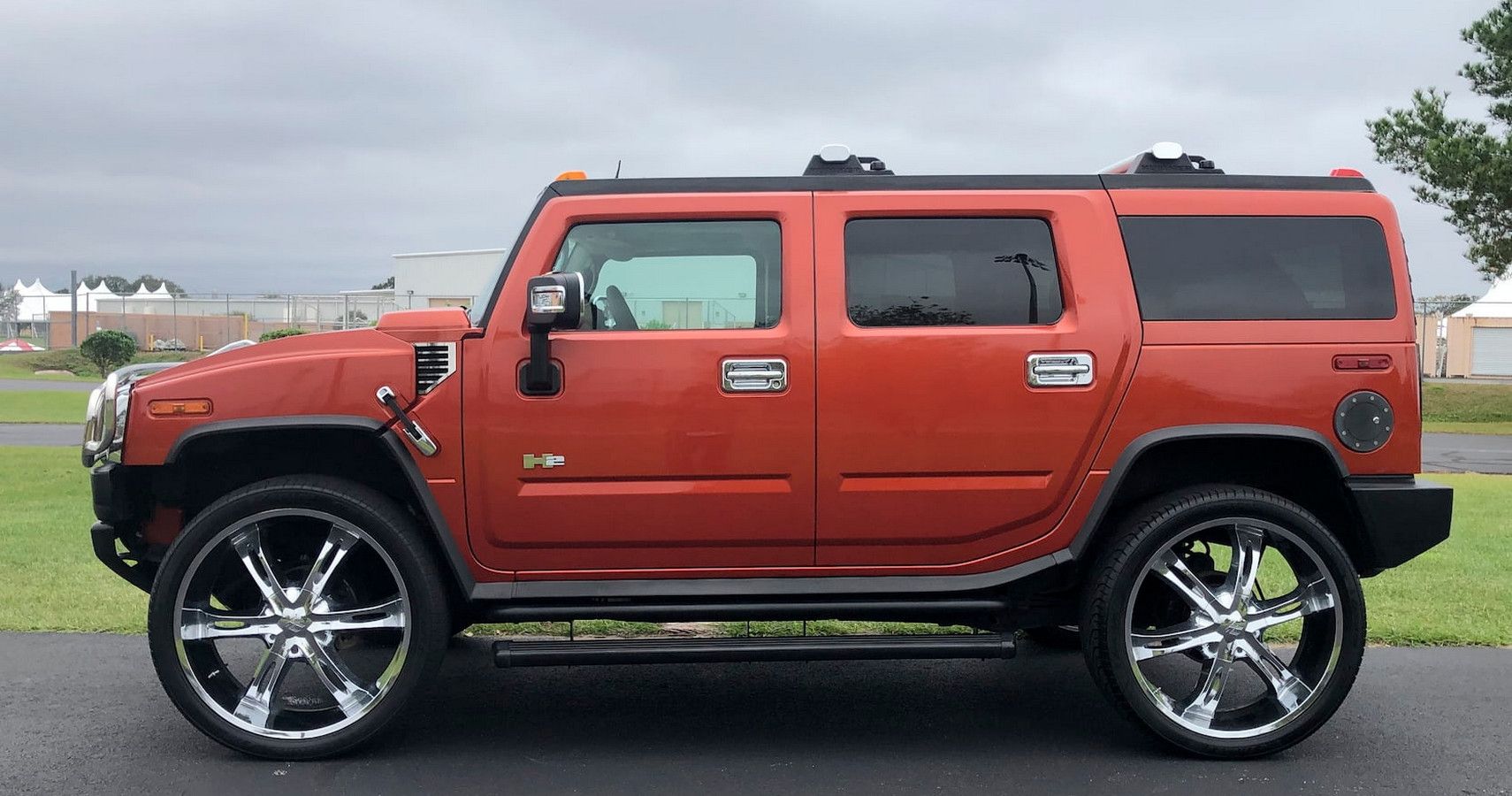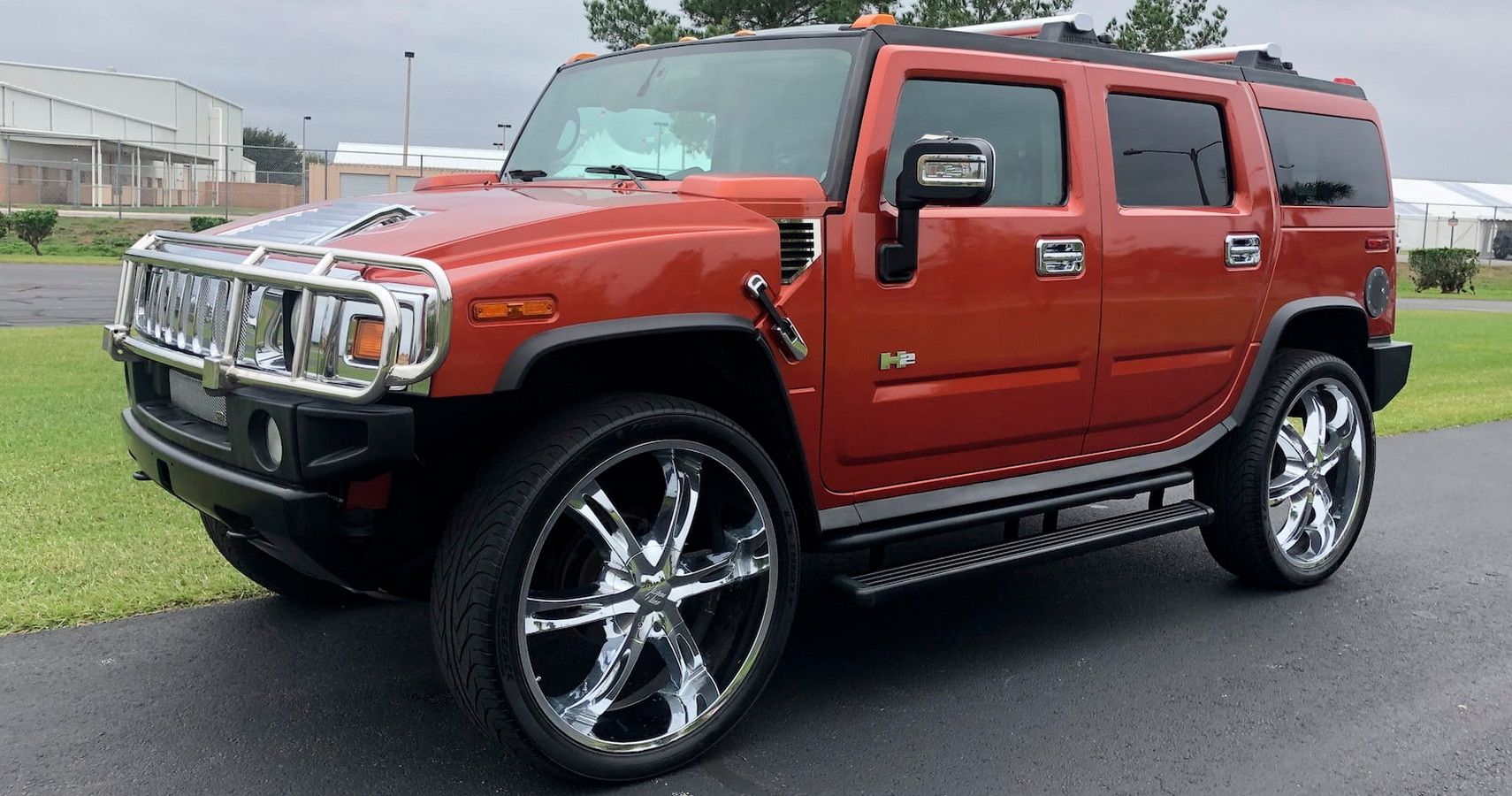Hate is a very powerful word normally reserved for emotional interactions; when it's used to describe a car, then designers definitely messed up somewhere.
Referring to cars, hate is frequently linked to how a car looks, with designers often seeking clues from past models, looking to incorporate them into fresh designs with potentially disastrous results. Clearly getting such a negative response is going to stop people from buying a car based on how it looks or makes the owner feel.
10 Jaguar S-Type - Unloved Performance Executive Sedan
Hoping to capture new customers based on Jaguar's famous Mk.2 range, S-Type launched in 1999 and immediately drew criticism over the questionable design. Several carmakers had already discovered that retro styling done poorly can severely affect customer opinion. With the S-Type not being "pretty" in the traditional Jaguar sense, it never really gained the support it deserved.
Ignoring for a moment the looks and turning to what’s underneath, Jaguar engineers produced a comfortable agile chassis, which mated with either the supercharged V8 or more impressive 2.7-liter diesel. Later face-lifts did improve things a little, but by then the damage had been done.
9 Smart Fortwo - Backstreet Urban Warrior
For US customers in urban areas, the Fortwo should be a huge success, but the diminutive size is one of the major reasons most gearheads dislike the car. Designed to carry just two passengers and zero luggage doesn't make any sense for the wide spacious rods in the US market, not to mention the Fortwo isn't exactly pretty.
Clearly designed for crowded city streets, the Fortwo is much more at home on older more confined European city streets. It's able to make use of its tiny size to cut through congestion using the all-important back roads and alleyways, even capable of parking in half the space of a normal car.
8 Pontiac GTO - Badge Engineered Aussie Muscle Car
In one of the last great hurrahs of Pontiac's history, owners were greatly expecting a semi-retro muscle car. Instead, the Australian-built Monaro was merely re-badged. Cross brand platform sharing is common these days, which works fine if the two brands are similar in reputation. But many Pontiac owners looked down on the cheap Aussie import that lacked the muscle car credibility of its predecessors.
Down under, Holden is the king of the Australian performance car market, with Monaro's in true muscle car form packing 6-liter LS2 engines good for 400hp and good for sub-five second 60mph sprints.
7 Ferrari Mondial - Needed More Development Before Launch
Still hurting from the previously less successful Dino 308 GT4 range, Ferrari should have known better than to produce the uglier Mondial. Loosely based on their 308 series, the choice to sport longer and heavier bodies didn't go down well with Ferrari enthusiasts, especially considering the higher asking price and lack of performance.
Clearly, a fix was needed, and Ferrari responded with more powerful engines and tweaked suspension to improve overall performance and ride. Despite early misgivings, the Mondial was a great grand tourer and actually sold in decent numbers, being much unloved initially means used prices are still relatively low.
6 Porsche 924 - Affordable Porsche Sports Car
Firmly dividing opinions into two camps, 924s are often seen as cheap "fake" Porsches sporting small front-mounted VW/Audi sourced engines such as the LT engine that’s also found in VW commercial vehicles. Diversifying from rear-engines made the Porsche 924 and later 928 models less popular among true Porsche fans, believing they were not proper sports cars.
Sales figures reveal the bigger picture with the 924's combined cheaper brand ownership with excellent handling and respectable performance selling 150,000 examples over its 12-year production lifespan.
5 BMW X6 - Conspicuous Styling, Great Handling
BMW rarely launches a dud, but their 2007 X6 luxury crossover – although packed with modern technology – is possibly one of their ugliest models ever produced. Evolved from their existing product range, the X6 wears a wider body shell than its base, which, coupled with the sloping roofline and upturned rear end, didn't make it a hit with customers.
Essentially a modern version of the X5, BMW engineers managed to retain the original's poise and performance offering near M3 levels of handling while still being able to hit a top speed of close to150mph.
4 Ford Edsel - Expensive Engineering And Marketing Project
At the top of any gearhead's list of ugliest cars is sure to be the Edsel. While people hated the way it looked, looks alone weren’t the only problems with it. Surviving only two years, the Edsel cost Ford over $250 million at a time when the US economy was in a recession, which helped spell the end of possibly the least loved car in history.
Peel away the love it or hate it design and Edsel should have been a great success. Perhaps if the financial crisis had been avoided, Ford could have fixed build and quality issues that blighted early production examples. Upon its launch in 1958, it was highly innovative with safety features proving how forward-thinking Ford engineers had been, suggesting the Edsel was a great idea at the wrong time.
3 Toyota Prius - World's Most Popular Private Hire Car
Mention hybrids to any gearhead and chances are the Prius will be at the top of the list, closely followed by reasons why they hate them. Admittedly, even current models are not exactly pretty. Add to that the low-speed hum of the electric motor, the noticeable jerk in the drive train when the ICE kicks in, and that they are not economical to run either, and it’s clear why gearheads feel the way they do.
Chances are that even most non-Prius owners have at least been in the back of one, with the model finding a huge following among cab drivers the world over. As a hybrid, Toyota produced a cheap, cleaner, and reliable daily commuter car ideally suited for busy city life.
2 Ford Probe - Once Touted Mustang Replacement
Hoping to kill two birds with one stone, Ford released their Mazda-based coupe in 1988 aiming to replace both the Capri and Mustang models. Luckily, the Mustang would take a different path, leaving Ford's Probe to replace the much loved rear-drive Capri to the displeasure of owners.
The probe would never work as a Mustang replacement, but as a modern-looking coupe, Ford engineers got the design spot on. Even today, appearing both modern and relevant, coupled with reasonably powerful 2.2-liter engines, makes it a great around-town coupe.
1 Hummer H2 - Hiding Under All The Bling Is One Of The Greatest SUVs Ever Produced
Subtlety isn't something that’s often associated with Hummers as everything about it screams "hey, look at me" – and then owners realize just how daft the H2 looks. Rugged styling just means someone used a ruler that day; all that chrome and massively oversized wheels aren't particularly tasteful, as any gearhead on a bachelor party weekend in Vegas would fit in nicely.
Despite all the glitz, the H2 is actually a great, safe, and practical truck to own that’s based on existing civilian platforms bringing a much-needed refinement to what is otherwise a big heavy truck. Where H2 really wins, though, is off-road, with short overhangs making steep climbs more accessible, while lazy V8s provide enough torque to scale small mountains.

